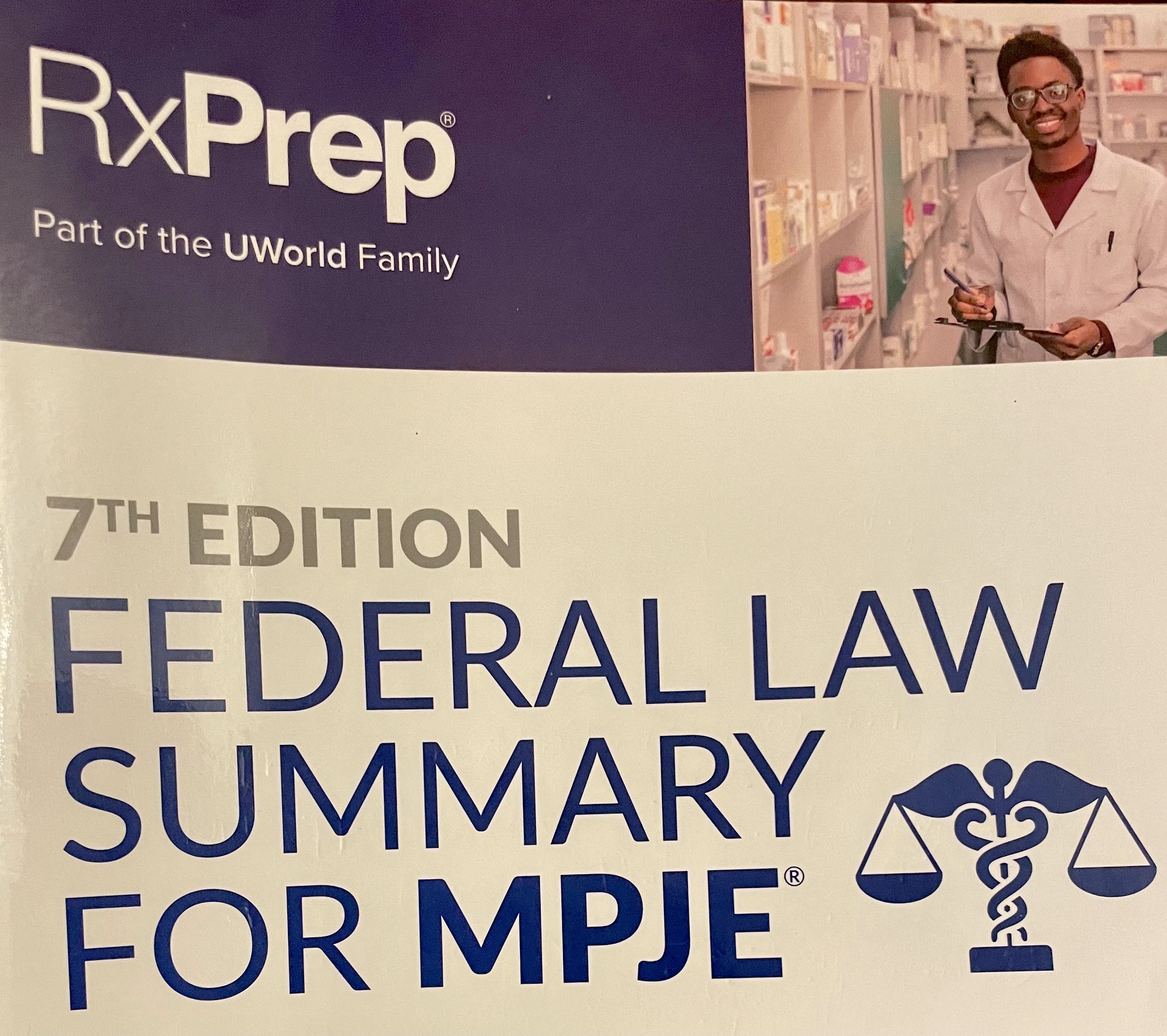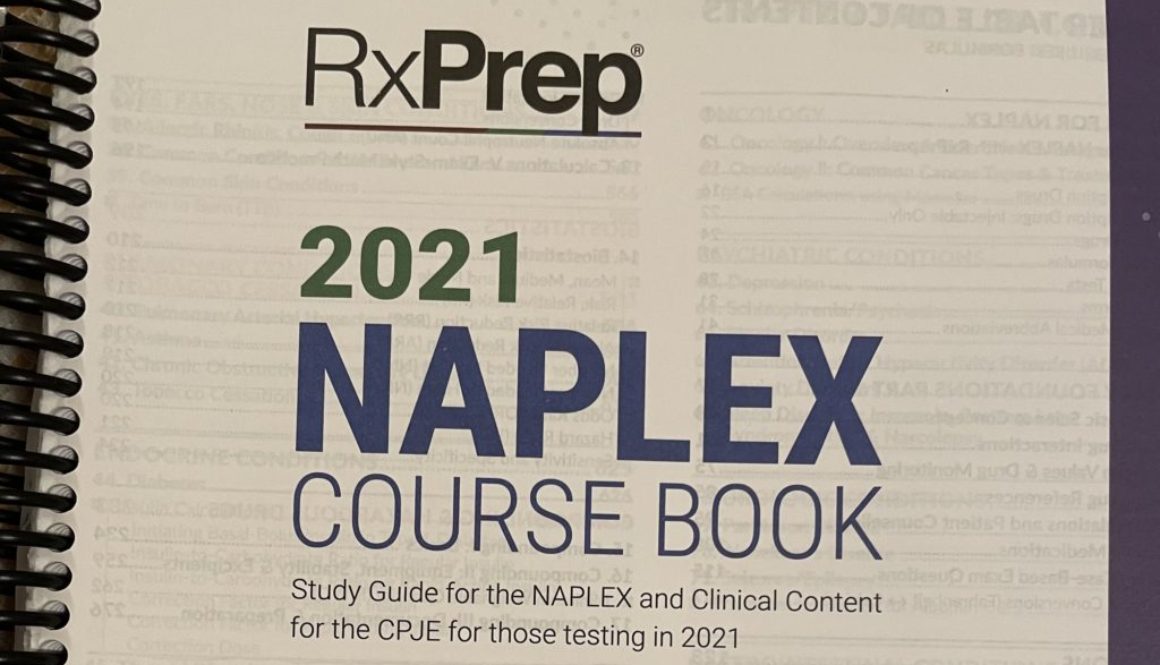Scope of Practice Guide for Pharmacists & Prescribers
It’s no secret that college is expensive. Luckily, there are many healthcare jobs that do not need a college degree. Generally, on-the-job training and/or certifications are enough. You can view a longer list here. These jobs can also allow you to get hands-on experience before pursuing higher education. Although grades are important, the majority of colleges value candidates with work experience. I found working to be valuable for improving various skills. These included developing better bedside manners, communication skills, and time management. If you are considering a career in healthcare, keep reading! I hope that this summary is helpful for anyone seeking information on the various types of prescribers and their scope of practice.
Before starting pharmacy school, I worked as a phlebotomist at a hospital. I was also a pharmacy technician at a community pharmacy. To read more about me, click here. At the time, I did not know that pharmacists were able to practice outside of community settings. While at the hospital, I remember drawing a patient’s blood for a lab test to check a vancomycin trough. A pharmacist happened to enter the patient’s room to check the intravenous fluid drip. This experience inspired me to pursue a career in pharmacy. I became interested in learning more about medication safety and monitoring requirements. Due to my jobs, I was able to observe and interact with various healthcare providers. These included nurses, pharmacists, physician assistants, and physicians. Therefore, I developed a much greater understanding of the roles of different providers.
Prescriber Scope of Practice
Healthcare professionals collaborate to deliver the best patient care possible. It is important for us to be aware of one another’s scope of practice. Regardless of our specific roles and work settings, this allows us to communicate and work as a team. For example, many health professionals are able to prescribe medications. These include physicians, dentists, podiatrists, psychiatrists, physician assistants, nurse practitioners, nurse midwives, and optometrists. But, certain prescribers are only able to do so within their specific scope. These include podiatrists, optometrists, veterinarians, and nurse-midwives. Prescribers must have a DEA registration number to prescribe controlled substances (there are some exceptions to this).
I decided to do some more research on the distinctions between various prescribers. The list below does not include all healthcare professionals. Some states may allow other practitioners such as psychologists to prescribe.
Physicians
Physicians must complete a professional medical education program. There are generally two types of physicians: medical doctors (MD) and doctors of osteopathic medicine (DO). They use the same methods of treatment, including medications and surgery. However, DOs also focus on the body’s musculoskeletal system and an alternative practice called osteopathic manipulative treatment (OMT). Both types complete at least a residency program in a medical specialty. Physicians can choose to go on to complete a fellowship program in a subspecialty. Each specialty has its own board certification body.1 Generally, physicians do not have any restrictions or limitations in regard to prescribing. But, they generally only do so within their scope of practice and/or specialty.
Podiatrists
A podiatrist must obtain a Doctor of Podiatric Medicine (DPM) degree. In total, they complete four years of education in a podiatric medical school and three years of hospital residency training. Podiatrists may go on to complete fellowship training following their residency. Podiatrists can focus on many specialty areas. They may also become certified in one or both specialty areas: primary care and orthopedics, or surgery. They can use x-rays and laboratory tests for diagnostic purposes, prescribe medications, order physical therapy, set fractures, and perform surgery. Podiatrists can only prescribe to treat disorders of the foot, ankle, and related structures of the leg .2
Nurse Practitioners
Nurse practitioners have clinical expertise in diagnosing and treating health conditions. NPs provide a diverse range of health services and place special emphasis on disease prevention. A nurse must have either a Master of Science (MSN) or a Doctor of Nursing Practice (DNP) degree to become a nurse practitioner (NP). There is often confusion about the difference between an NP and an advanced registered nurse practitioner (APRN). Simply stated, an NP is a type of APRN. An APRN is a nurse who has obtained at least a master’s degree in nursing. APRNs, including NPs, have prescribing privileges. According to the APRN Consensus Model, there are four roles an APRN can hold. These include nurse practitioner (NP), as well as certified nurse-midwife (CNM), certified registered nurse anesthetist (CRNA), clinical nurse specialist (CNS). 3
Other Advanced Nurse Practitioners
Certified nurse-midwives (CNMs) provide health care and wellness care to women. They can do so throughout a woman’s pregnancy, as well as before and after. These services may include family planning, gynecological checkups, and prenatal care. They can order tests related to pregnancy and gynecological care. A CNM must hold a graduate midwifery degree, a valid registered nurse (RN) license, and certification through the American Midwifery Certification Board (AMCB). This certification allows them to apply for licensure in any state. CNMs are also able to prescribe medications such as birth control and pain medications. They can work in a variety of settings such as hospitals, birthing centers, and health clinics. 4
It is important to note that there is a difference between CNMs and direct-entry midwives. Certified midwives (CMs) and certified professional midwives (CPMs) may get these certifications without first becoming licensed nurses. But, not all states allow them to practice. Most direct-entry midwives have the CPM credential. This is the only certification that provides training for out-of-hospital deliveries. 5
Nurse anesthetists provide pain medication (anesthesia) to patients before, during, and after surgery. There are two entry-level doctoral degrees approved by the Council on Accreditation of Nurse Anesthesia Educational Programs (COA). These are the Doctor of Nursing Practice (DNP) and the Doctor of Nurse Anesthesia Practice (DNAP). The American Association of Nurse Anesthesiology has stated that by January 2022, all students starting an accredited program must be enrolled in a doctoral program. 6
A clinical nurse specialist (CNS) is a graduate-level registered nurse who is certified in a particular specialty. They generally focus on a specific patient population and/or area of clinical practice. Due to their specialized knowledge, they often act as educators and consultants. 7
Physician Assistants
Physician assistants (PAs) must obtain a master’s degree. PA programs take about three academic years to complete. Working together with physicians, PAs provide diagnostic and therapeutic patient care in a variety of clinical specialties and settings. Physician assistants can prescribe medications under the supervision of a physician. 8 However, specific laws regarding the scope of practice vary by state. The American Medical Association publishes a state-specific chart which can be accessed here. Prescriptions need to include the PA’s name, contact information, DEA registration number (specific to prescriptions for controlled medications), and signature. In twenty-six states and the District of Columbia, the supervising physician’s name and/or contact information must on the prescription. You can view the state-specific prescription requirements here.
Optometrists
Optometrists receive a Doctor of Optometry (OD) degree after completing four years of professional education. Some optometrists complete an optional residency in a specific practice area. Optometrists examine, diagnose, treat and manage diseases, injuries, and disorders of the eye. They are trained in performing comprehensive eye exams. 9 Due to a shortage of ophthalmologists, many states have passed laws that have expanded the scope of practice of optometrists. For example, glaucoma management is one category of patient care that has benefited from expansion laws. As of 2021, optometrists can treat glaucoma topically in every state. Topical medications may include eye drops, gels, dyes/stains, and ointments. 10
Optometrists can give and prescribe medications related to ocular treatment, but they must become certified to do so. Their scope of practice also varies by state. For example, some states allow optometrists to perform at least one type of laser procedure. Some states also allow optometrists to give injections and perform minor surgical procedures. It is a good idea to check your state’s law to confirm which types of medications optometrists can prescribe. Many states now allow optometrists to prescribe oral medications such as antibiotics, steroids, and controlled substances. However, this is not true in every state as of yet. To look up the specific scope by state, click here.
Veterinarians
Veterinarians must complete four years of professional education to receive a Doctor of Veterinary Medicine (DVM) degree. The Veterinariae Medicinae Doctoris (VMD) degree is only awarded to veterinarians by the University of Pennsylvania. Their scope of practice only includes the treatment of animals. Many veterinary graduates also choose to continue their training through internships and residency programs. 11 Veterinarians can prescribe medications for animals. Unlike other prescribers, veterinarians are not mandated to prescribe electronically. They may also be exempt from checking the state Prescription Monitoring Program (PMP) registry before prescribing controlled substances. Community pharmacists oftentimes fill prescriptions written by veterinarians. Plumb’s is a great resource for looking up veterinary drug information. Plumb’s offers a yearly subscription which includes access to a phone application. If anything seems unclear or confusing, it is a good idea to call the veterinarian to ask any specific questions.
When in doubt about whether a drug is approved for animal use, you can check the drug label. You can also search databases including Animal Drugs @ FDA and the first two sections of the Green Book. The Animal Medicinal Drug Use Clarification Act of 1994 added provisions legalizing the extra-label use of approved human and animal drugs if necessary. If certain conditions are met, human drugs and those intended for use in other animal species can be used instead. You can review the specific conditions and other regulations here. There are extra regulations, recordkeeping, and labeling requirements associated with drugs intended for use in food-producing animals. Veterinarians and pharmacists should be familiar with these specific laws.
Pharmacists (last but not least!)
Although pharmacists are considered healthcare providers in most states, this is not yet true on a federal level. “Provider status” is an often misunderstood term that has much nuisance associated with it. However, having provider status would allow pharmacists to receive reimbursement for services. Also, it would increase access to care for underserved patients. As you may know, pharmacists are highly accessible to the community. Most Americans see their pharmacist more frequently than any other healthcare professional. There has been a recent proposal called the Pharmacy and Medically Underserved Areas Enhancement Act. If you would like to read more about this legislation or to become an advocate for provider status, click here.
Most states allow pharmacists to collaborate with physicians under a collaborative drug therapy management (CDTM) agreement. Pharmacists may order lab tests, as well as adjust or manage therapies as per the written agreement. Although the requirements and laws related to them may vary, CDTM agreements have been shown to improve access to care and clinical outcomes.
Pharmacists may have prescribing and/or expanded scope of practice privileges in certain cases. For example, most states allow pharmacists to dispense naloxone via standing order. Some states may require pharmacists to complete a naloxone training or education program. In many states, pharmacists can dispense insulin and other diabetic supplies in an emergency. Besides immunizations, some states also allow pharmacists to administer long-acting injectables. These may include long-acting antipsychotic medications. Also, pharmacists can prescribe birth control, smoking cessation products, and even pre-exposure and post-exposure prophylaxis for HIV prevention in certain states. 12
Advanced Training and Board Certification for Pharmacists
Many pharmacists go on to complete post-graduate year one (PGY1) and/or PGY2 residencies. Pharmacists may also become board certified by examination through the Board of Pharmacy Specialties. This certification is the gold standard for determining which pharmacists are able to work at advanced practice levels. So far, four states have passed advanced practice designations for pharmacists. These include New Mexico, California, Montana, and North Carolina. 12 To receive this credential, pharmacists must pay a fee and have specific clinical training and/or education.
Featured image credit: People photo created by aleksandarlittlewolf – www.freepik.com
References
- Santiago AC. What Is a Physician? What It Takes to Become a Medical Doctor. Verywell Health. https://www.verywellhealth.com/physician-career-profile-1736174. Accessed November 1, 2021.
- Becoming a Podiatric Physician. The American Association of Colleges of Podiatric Medicine (AACPM). https://aacpm.org/becoming-a-podiatric-physician/. Accessed November 1, 2021.
- Advanced Practice Registered Nurses (APRN). American Nurses Association. https://www.nursingworld.org/practice-policy/workforce/what-is-nursing/aprn/. Accessed November 1, 2021.
- Certified Nurse-Midwife (CNM). Nursing License Map. https://nursinglicensemap.com/advanced-practice-nursing/certified-nurse-midwife-cnm/. Accessed November 1, 2021.
- Types of Midwives. Midwives Alliance of North America. https://mana.org/about-midwives/types-of-midwife. Accessed November 1, 2021.
- How to Become a Certified Registered Nurse Anesthetist (CRNA). Nursing License Map. https://nursinglicensemap.com/advanced-practice-nursing/certified-registered-nurse-anesthetist-crna/. Accessed November 2, 2021.
- Clinical Nurse Specialist (CNS). Nursing License Map. https://nursinglicensemap.com/advanced-practice-nursing/clinical-nurse-specialist-cns/. Accessed November 2, 2021.
- “What is a PA?”. American Academy of PAs. https://www.aapa.org/what-is-a-pa/. Accessed November 1, 2021.
- What’s a doctor of optometry? American Optometric Association. https://www.aoa.org/healthy-eyes/whats-a-doctor-of-optometry?sso=y. Accessed November 2, 2021.
- Flores A. Optometrists Can Now Treat Glaucoma in Massachusetts . OptometryStudents.com. https://www.optometrystudents.com/optometrists-can-now-treat-glaucoma-in-massachusetts/. Accessed November 2, 2021.
- Veterinarians : Occupational Outlook Handbook. U.S. Bureau of Labor Statistics. https://www.bls.gov/ooh/Healthcare/Veterinarians.htm. Accessed November 2, 2021.
- Prescribing Authority for Pharmacists: Rules and regulations by State. GoodRx. https://www.goodrx.com/hcp/pharmacists/prescriber-authority-for-pharmacists. Accessed November 2, 2021.


